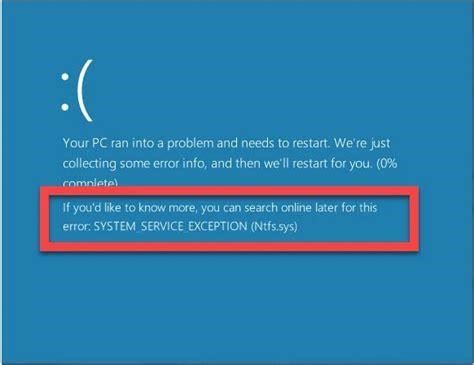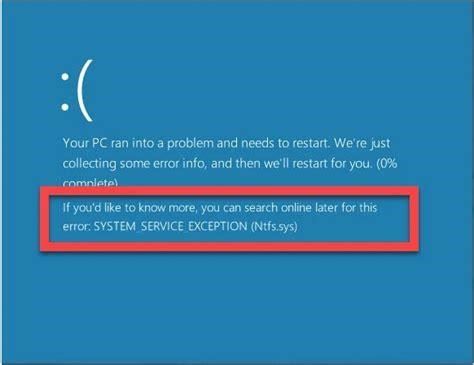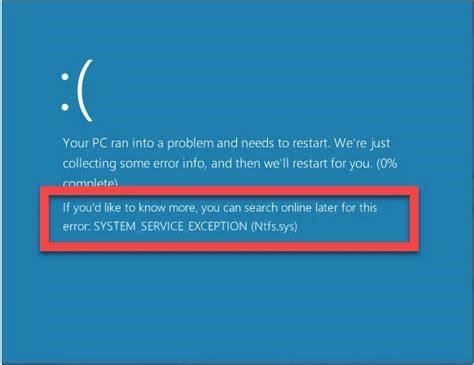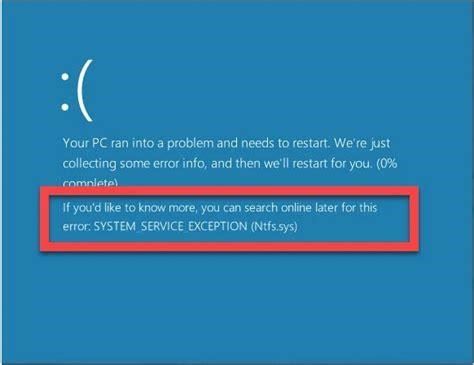Exploring the Windows Reset Options: A Deep Dive
Resetting your Windows PC provides a fresh start by restoring the operating system to its original state. As many discover, this process allows bypassing issues caused by software installations, updates, and everyday use. When debating a reset, two options exist: "Keep My Files" and "Remove Everything." We will explore their key differences to equip you with the knowledge to pick the best route.
Starting Fresh with Remove Everything
For a completely clean slate, select "Remove Everything" during the reset procedure. This option erases all user files, applications, and custom settings, returning Windows to its initial out-of-box state.
While extreme, this route holds advantages. It thoroughly eliminates any corrupted files or problematic software that may have accumulated through everyday use, providing the most robust reset. The process also frees up disk space by deleting unnecessary data built up over time.
However, risks exist. Most notably, "Remove Everything" deletes all personal files beyond recovery. So before proceeding, ensure essential documents, photos, and other data reside in a backup location. Otherwise, they will be permanently lost.
Additionally, the reset does not affect the Windows version installed. For instance, if you upgraded from Windows 10 to 11, "Remove Everything" will restore Windows 11, not revert to 10. However, all Windows updates will be removed, so expect to go through the update process again after resetting.
Overall, if debilitating system issues emerge or efficiency declines, the nuclear option of "Remove Everything" grants the chance to start from scratch. Just take the necessary precautions to avoid losing important files.
Retaining Files with Keep My Files
For a less extreme reset, Windows offers the "Keep My Files" option. As the name implies, this retains user files while resetting system settings and installed apps.
Compared to "Remove Everything," the key advantage is maintaining data like documents, photos, and downloads. This prevents the headaches of backups and restores just to reset Windows. It also skips reinstalling and reconfiguring user applications, saving further time and hassle.
However, the reset is less thorough. Without removing user files, "Keep My Files" cannot guarantee eliminating troublesome software or corrupted data. Any issues originating from these elements may persist after resetting.
Additionally, disk space will not free up appreciably, as user files remain intact. So if efficiency decline stems from a bloated storage drive, this option will provide minimal improvement.
Overall, "Keep My Files" serves as a middle ground between the extremes of normal system restore and "Remove Everything." For mild software-related issues without major system corruption, it provides a convenient reset option that maintains your data.
Choosing the Right Reset Option
When debating a Windows reset, weighing the pros and cons of the two options is crucial:
-
"Remove Everything" completely reverts Windows to a fresh state. It resolves all systemic issues, but permanently deletes personal files.
-
"Keep My Files" retains user data, but cannot guarantee eliminating software problems or corrupted system files.
For full restoration with a blank slate, "Remove Everything" is ideal, provided you backup key data. If maintaining files is paramount, lean towards "Keep My Files." Weigh both routes carefully to pick the optimal reset path for your needs.
Overall, resetting Windows provides an excellent troubleshooting tool when performance and stability declines. Understanding the nuances empowers making an informed decision on the right approach to revitalize your PC.
Reset Windows Without Losing Your Data
Resetting your PC provides a fresh start while retaining personal files. Follow this simple tutorial:
-
Backup important user data to an external location. This safeguards against accidental loss.
-
Open Settings and navigate to "System" then "Recovery."
-
Under "Reset this PC" select "Get started."
-
Choose "Keep my files" when prompted to pick a reset option.
-
Follow the onscreen instructions to complete the reset process.
Once finished, your PC will reset while preserving user documents, photos, and other important data. Enjoy a revitalized system without the headaches of file recovery.
We hope these tips help breathe new life into your Windows experience. Let us know if you have any other PC refresh questions in the comments below!




